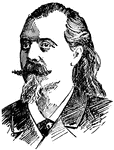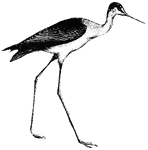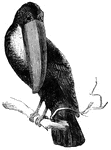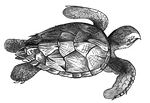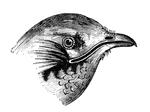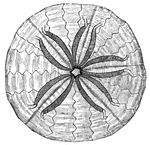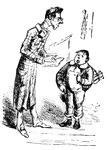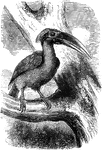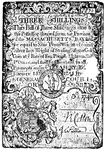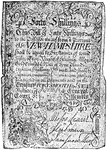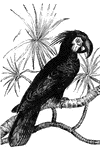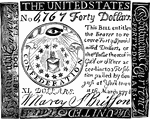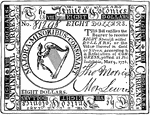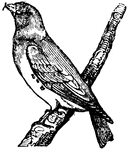
Crossbill
Known for their distinct crossed bill, these birds eat seed from mature conifer cones. Their unique…
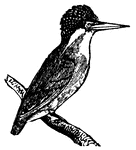
Crested Kingfisher
Kingfishers are typically stocky, with short tails and bodies. The bill is large and strong and their…
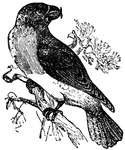
Crossbill
Known for their distinct crossed bill, these birds eat seed from mature conifer cones. Their unique…
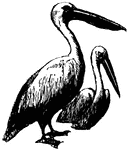
Pelican
Pelican, a water bird with webbed feet and a long bill having a pouch on the under surface. The upper…

Sand dollar
Sand dollar, the name given to a flattened looking sea urchin, very common on sandy shores.

Loon
The loon is a diving bird that finds its food under the water. It will dip its bill into the water and…
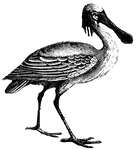
Spoonbill
The bill of the spoonbill is approximately four times longer than its head. It ends in the shape of…
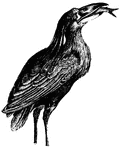
Boatbill Heron
This heron has a bill like an overturned boat. It also has a beautiful black crest that falls down behind…

Oystercatcher
Oyster-catchers are noisy birds. The bill is powerful for opening mussels, oysters and other shell-fish.
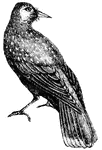
Nut-cracker Crow
The nutcracker has a straight bill for penetrating under the bark of trees in search of insects, (Figuier,…

Crossbill
Known for their distinct crossed bill, these birds eat seed from mature conifer cones. Their unique…
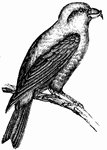
Crossbill
Known for their distinct crossed bill, these birds eat seed from mature conifer cones. Their unique…

Woodpecker
While a woodpecker is drilling, the two parts of the bill are closed together, making a wedge-pointed…

Women's Suffrage Cartoon - The Attraction
"The attraction. Meeting will be addressed by a good looking suffragette by order of committee. Busy…
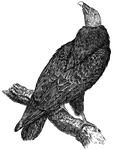
Turkey Vulture
Vultures are carrion eaters. The head and neck are usually bare, and the bill and claws weaker than…
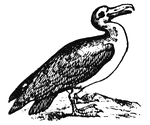
Albatross
A large marine swimming bird. The bill is straight and strong, the upper mandible hooked at the point…
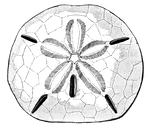
Keyhole-Urchin
A sea-urchin very similiar to the Sand Dollar, but has 5 "keyholes" through its shell.
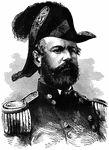
General Fitzjohn Porter
"General Porter, born at Portsmouth, N. H., June 13th, 1822, was graduated from the United States Military…
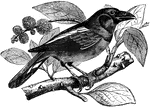
Java Eurylame
This small bird is native to Java, Sumatra, and New Guinea. It is noted for its large bill.
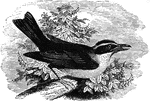
Spoonbill Tyrant Flycatcher
The spoon-bill tyrant fly-catcher has a large, thick bill, which it uses for feeding on butterflies.
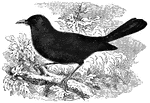
Blackbird
Black with a yellow bill, the blackbird feeds mostly on larvae, snails, worms, insects, and fruits.
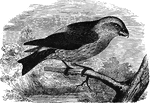
Crossbill Parrot
Somewhat larger than the common cross-bill, the parrot cross-bill largely resembles its habits.
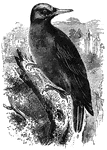
Great black Woodpecker
Chiefly making its habitat in Northern Europe, the great black woodpecker uses its long, sharp bill…
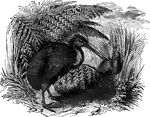
Kiwi
Also known as the apteryx, the kiwi bird posses a long, slender bill, which it uses for feeding on insects…
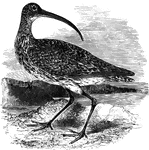
Curlew
Distinguished by a long, slender bill which curves downward, the curlew feeds mostly on worms, slugs,…
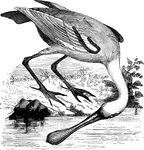
Roseate Spoonbill
Drawing its name from the widing of its bill towards the tip, the spoonbill frequents coastal and marshy…
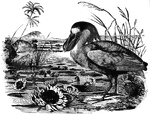
Boatbill
Also known as the crested savacou, the boat-bill gets its name from the shape of its beak, which resembles…
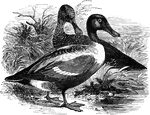
Shoveler
Also called the broad-bill and spoon-bill, the shoveler is commonly found on lakes and rivers, where…
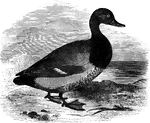
American Scaup Duck
The American scaup duck is common in North America, accidental in Europe. It is also known as the creek…
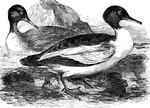
Goosander
Found in both Europe and North America, the goosander is also known as the buff-breasted sheldrake,…
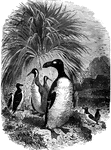
Great auk, razor-bills, and puffins
A scene depicting a great auk, as well as razor-bills and puffins. The great auk is now extinct.
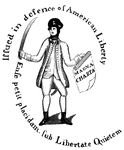
Treasury Note
"Reverse of a Massachusetts Treasury note. This is a fac simile of the device on the back of one of…
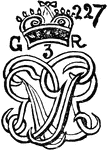
Stamp Act
"Stamp from the Stamp Act. The first direct issue of importance between the colonies and England came…

Grebe
"Western Grebe. Æchmophorus- A genus of large, long-necked grebes of America, having the bill…
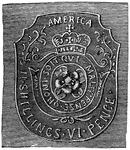
Stamp Act
"Stamp from the Stamp Act. The first direct issue of importance between the colonies and England came…
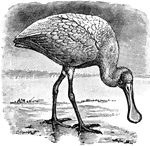
Spoonbill
"Roseate Spoonbill-a large grallatorial bird of the genus Platalea, family Plataledidæ, related…
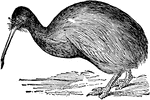
Apteryx
"Apteryx is a genus of birds, the typical one of the family apterygidæ. Two species are known-…
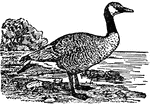
Canada Goose
"The Canada Goose is an American wild goose 30 to 35 inches long, brownish above, lighter below, head,…

